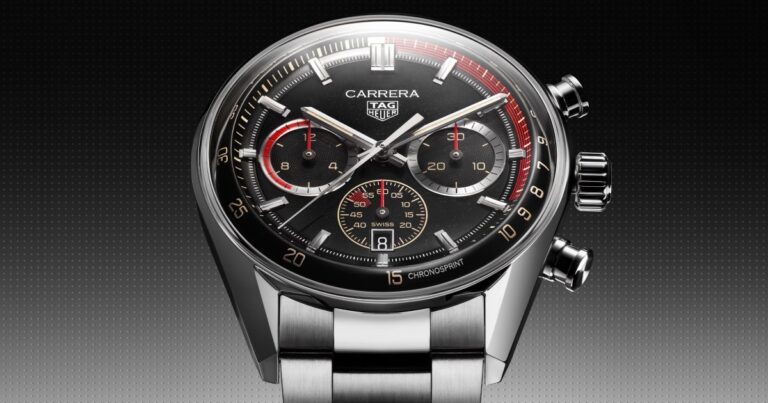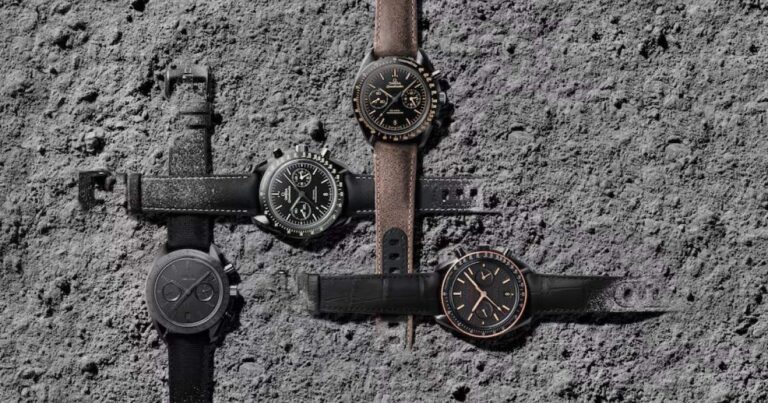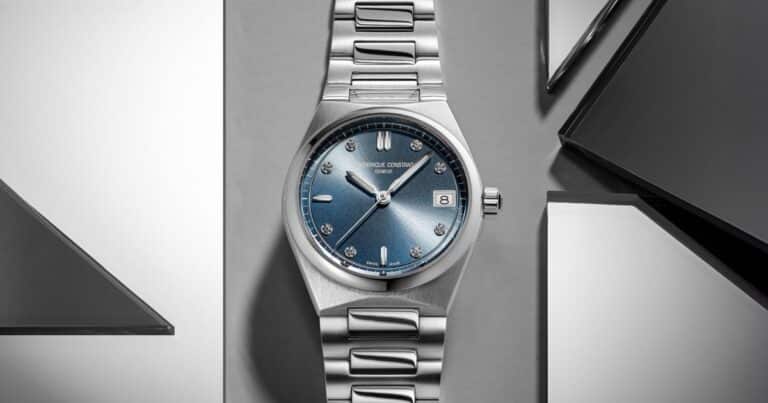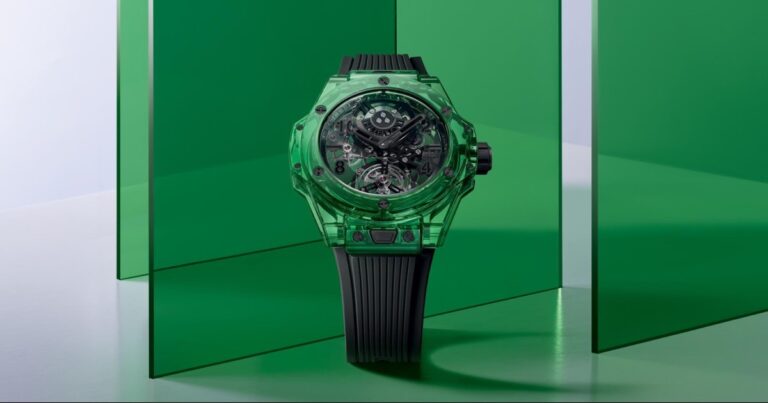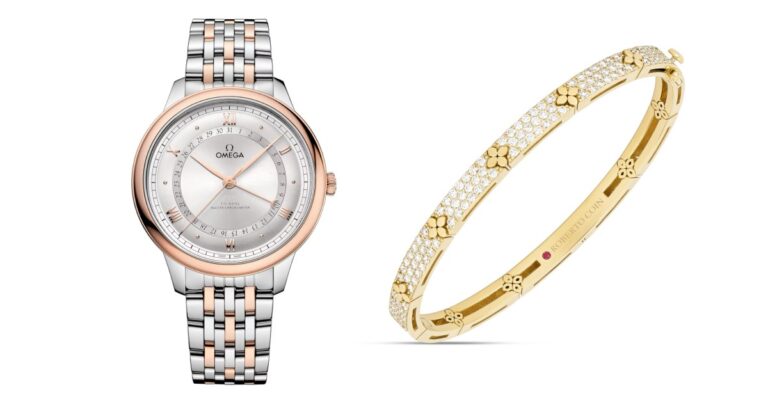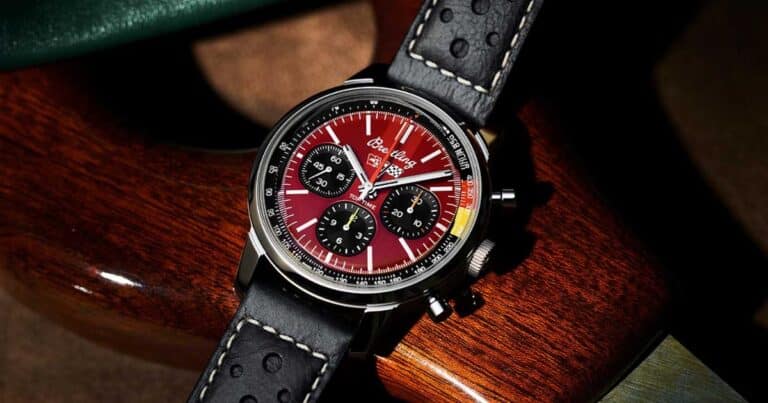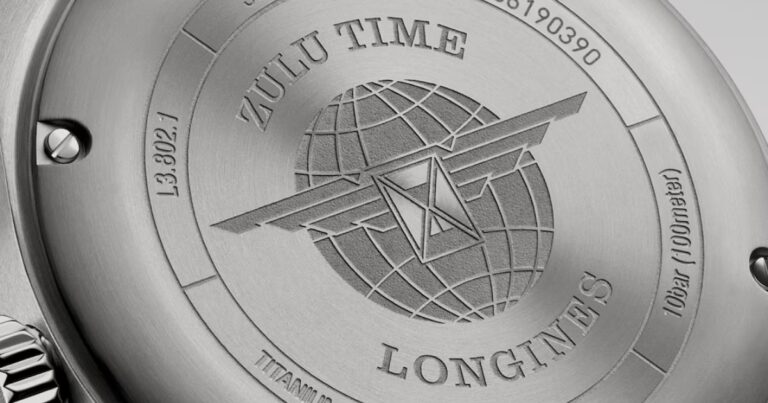Some watches tell time. Others tell you where they come from.
When you hold a Swiss watch in your hand, you’re touching centuries of tradition: refined movements, polished elegance, and old-world craftsmanship. Pick up a Japanese watch, and you’re holding innovation, engineered precision, forward-thinking materials, and technology you don’t need to see to trust.
These aren’t just timepieces. They’re philosophies on your wrist. For anyone building a collection or buying their first mechanical, understanding the difference between Swiss and Japanese watchmaking isn’t about picking a side, it’s about learning what story you want to wear.
Origins and Philosophy
Swiss watchmaking traces its roots back to the 16th century, flourishing in regions like Geneva and the Jura Mountains. The Swiss approach emphasizes artisanal craftsmanship, with maisons such as IWC Schaffhausen, Breitling, and Frédérique Constant producing timepieces that reflect both mechanical artistry and heritage. These brands don’t just craft watches, they shape legacy on every dial.
Japanese watchmaking, by contrast, rose to prominence in the late 19th and early 20th centuries with a very different philosophy. It emphasized innovation, reliability, and accessibility. With a focus on functional precision and practical design, Japanese horology has introduced key advancements in quartz accuracy, solar power, and robust engineering, earning its place in collections around the world for those who value purpose-built timekeeping.
Movement Mechanics
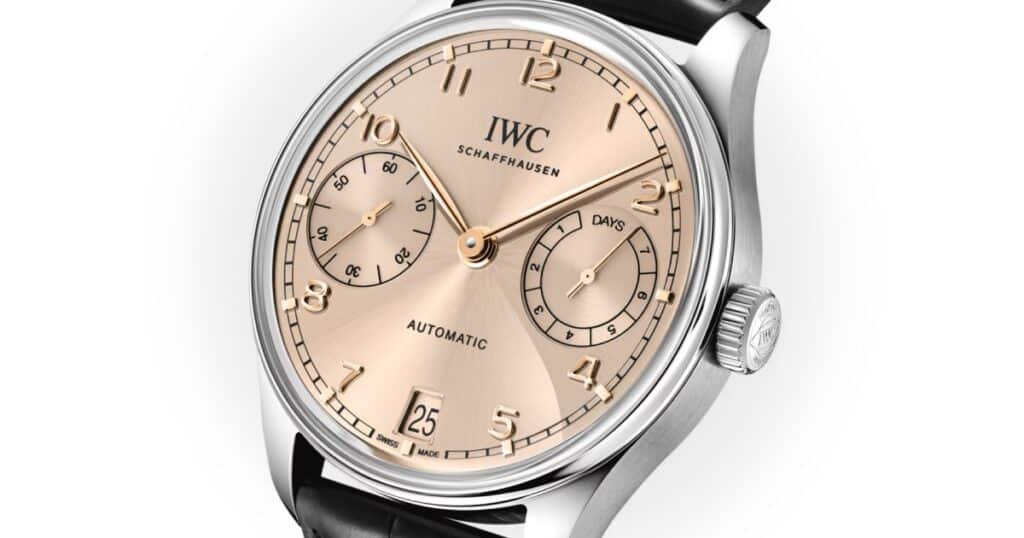
Swiss movements are renowned for their mechanical complexity and hand-finished components. The use of intricate gear trains, tourbillons, and perpetual calendars showcases the Swiss dedication to horological artistry. For instance, the Omega Speedmaster ’57 houses the Co-Axial Master Chronometer Calibre 9906, offering both precision and durability.
Japanese movements, while offering respected mechanical options, are especially known for their advancements in quartz technology. These innovations have led to highly accurate, low-maintenance timepieces that appeal to everyday users and collectors alike. Whether through hybrid mechanisms or energy-efficient engineering, Japanese calibers focus on precision, reliability, and practicality.
Design Language and Aesthetics
Swiss watch design often leans toward classic elegance, with meticulous attention to detail. These timepieces typically feature polished cases, refined dial layouts, and timeless proportions that reflect a deep respect for traditional craftsmanship.
Japanese design, by contrast, tends to emphasize functionality and simplicity, prioritizing clear legibility, practicality, and lightweight comfort. Yet, both schools of design converge at their highest levels, offering watches that balance technical excellence with refined aesthetics.
Price Range and Value Proposition

Swiss watches typically occupy the luxury segment, with prices that reflect centuries of horological tradition, artisanal craftsmanship, and brand exclusivity. These timepieces are often assembled by hand, tested rigorously, and produced in limited quantities to preserve their uniqueness. Many are seen not only as precision instruments but as heirlooms and assets, objects of lasting value that can appreciate over time or maintain strong resale potential within the collector market.
Japanese watches, by contrast, offer a broader spectrum of pricing, appealing to both first-time buyers and seasoned enthusiasts. Their approach emphasizes innovation, mass production efficiency, and exceptional reliability. Even at accessible price points, Japanese-made watches often feature advanced technology, durable materials, and impressive accuracy. For those seeking practicality without sacrificing performance, they present a compelling proposition that consistently delivers strong value.
Technological Innovation and Utility
Swiss watchmakers have historically focused on mechanical innovation, pushing the boundaries of traditional horology through complex complications and precise engineering. Brands such as Tissot have contributed to accessible mechanical excellence with innovations like the Powermatic 80 movement, which extends power reserve without sacrificing accuracy.
IWC, on the other hand, has refined high-performance chronograph calibers and integrated materials like ceramics and titanium into aviation and motorsport-inspired timepieces, combining technical advancement with a heritage-driven approach.
Japanese watchmaking, meanwhile, has taken a different path, prioritizing the integration of technology into horological function. With a focus on practical innovation, this school of watchmaking has introduced solar-powered systems, radio-controlled timekeeping, and enhanced resistance to environmental stressors. The emphasis is less on mechanical complexity and more on delivering precision, ease of use, and reliability in everyday conditions.
Collector Culture and Market Perception

Swiss watches are often viewed as symbols of status and heritage, with a strong presence in the collector market. Limited editions and vintage models frequently command high prices at auctions, reflecting their desirability and investment potential.
Japanese watches, while traditionally more utilitarian, have gained recognition among collectors for their reliability, innovation, and clean execution. Many models from this school of watchmaking emphasize precision, durability, and thoughtful design details that appeal to those who value functionality without compromising aesthetics.
Which One Is Right for You?
Choosing between Swiss and Japanese watches depends on individual preferences and priorities. If one values traditional craftsmanship, timeless design, and potential investment, Swiss watches may be the preferred choice.
For those seeking innovation, reliability, and value, Japanese watches offer compelling options. Ultimately, both traditions provide exceptional timepieces that cater to diverse tastes and needs.







